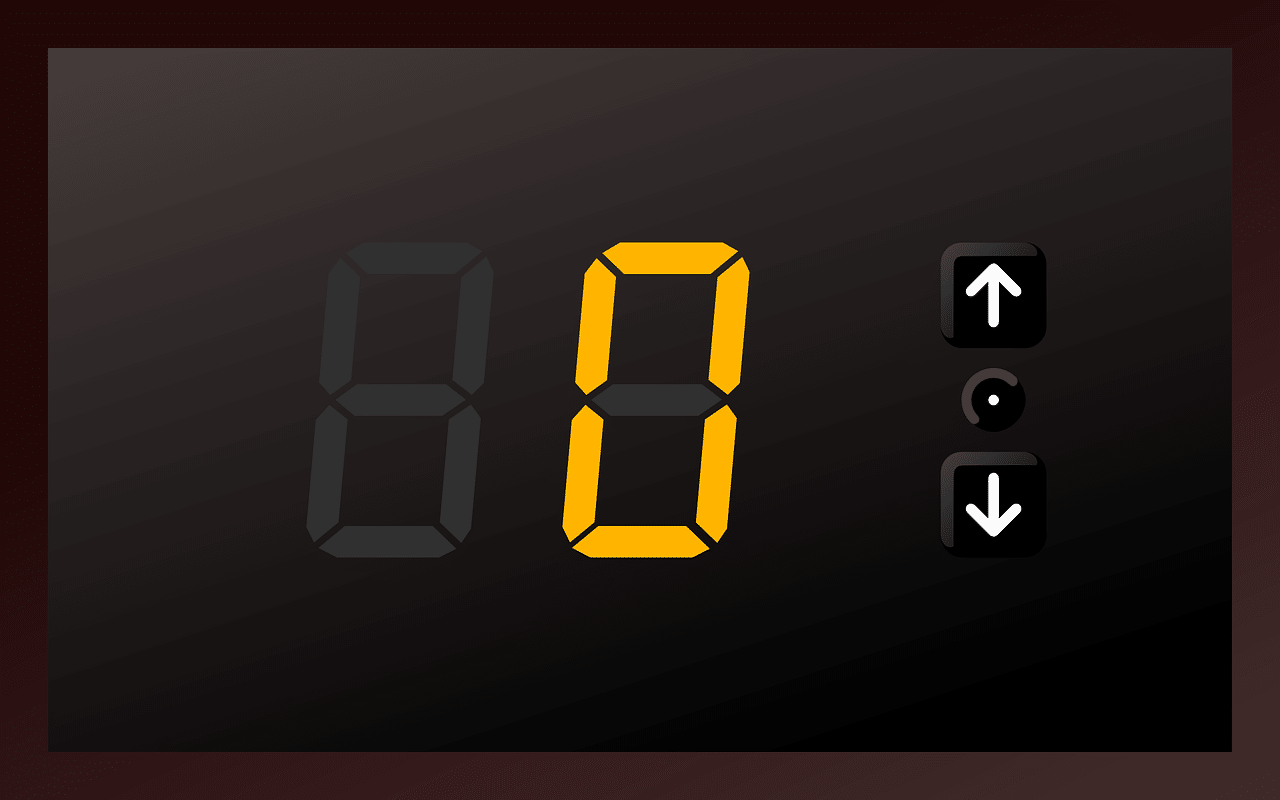
Three historical IT bugs
In most cases, a computer bug is a small error in the code that causes a certain function to malfunction; By identifying the bug, you can eliminate it by modifying the code itself. In some cases it is a simple job, in other cases developers can waste hours (and peace of mind) looking for the small error that stops the entire system from working.
However, there are historical cases in which computer bugs could become (or have become) real catastrophes. In some cases it was programming errors, in others design errors. So let’s see what the three most important IT bugs in history were.
The Millennium Bug (Y2K)
The Millennium Bug, also known as Y2K, was a coding problem that arose from the way dates were recorded in computer systems. Until the 1990s, many programs only used the last two digits of the year to save memory. For example, 1999 was recorded as “99”. This approach worked well until December 31, 1999, when it was realized that upon switching to 2000, systems might interpret “00” as 1900, causing catastrophic errors.
Predictions of the consequences of Y2K were apocalyptic: there were fears of banking system crashes, disruptions in public services and global electricity blackouts. Fortunately, thanks to a huge global effort to upgrade systems, damage was minimal. However, the industry spent approximately $500 billion correcting the problem.
Y2K taught the world the importance of good planning and foresight in software development. Furthermore, it demonstrated how global collaboration could solve potentially devastating problems.
The Ariane 5 Bug
On June 4, 1996, the European Space Agency’s (ESA) Ariane 5 rocket exploded 37 seconds after launch. The cause was a software bug: an overflow exception that occurred when a 64-bit value was converted to a 16-bit format. The rocket’s control software was inherited from its predecessor Ariane 4, without being adequately tested for Ariane 5 operating conditions.
The explosion caused the loss of the rocket and payload, with an estimated cost of $370 million. This incident highlighted the importance of rigorous testing and validation of software, especially in critical contexts such as aerospace.
The Ariane 5 Bug demonstrated that reusing code without adequate testing can lead to serious consequences. The space industry, and beyond, has learned not to assume that software working in one context can be transferred without modification to another.
The Therac-25 Bug
The Therac-25 was a radiation therapy machine developed in the 1980s. Between 1985 and 1987, six patients received lethal doses of radiation due to a bug in the control software. The bug allowed security checks to be bypassed, causing radiation overdoses.
The Therac-25 bug led to the deaths of three patients and caused serious injuries to three others. This incident led to the revision of safety protocols for medical machines and highlighted the critical importance of software in managing medical devices.
The Therac-25 case highlighted the importance of safety controls and rigorous testing in critical systems. The medical and technology industries have since implemented stricter protocols to ensure such errors do not happen again.
Computer bugs can have profound and devastating consequences. However, every mistake provides an opportunity to learn and improve. The Millennium Bug, Ariane 5 Bug and Therac-25 Bug are emblematic examples of how careful planning, rigorous testing and adequate safety measures can prevent disasters. These incidents have shaped the way we approach software development and management of complex systems, making our digital world a safer place.








